As long as gardeners have existed, they’ve sought to extend their growing seasons beyond the limits of winter’s shutdown.
Gardening history is dotted with an arsenal of methods created to rebuff frost and snow, such as cold frames, greenhouses, row covers, carefully-placed compost piles, and cloches.
A relatively recent entry in the fight to defy the local weather is the walipini greenhouse aka the pit greenhouse aka the underground greenhouse aka the earth-sheltered greenhouse.
I like to think of this innovative structure as a full-throated battle roar against both freezing and sweltering temperatures rather than the defiant squeak made by temporary measures. The underground greenhouse is no small effort, but when in place, it takes advantage of two geological assists — the angle of the sun in winter and the relatively consistent temperature of the earth — to keep your produce producing no matter what the weather outdoors.
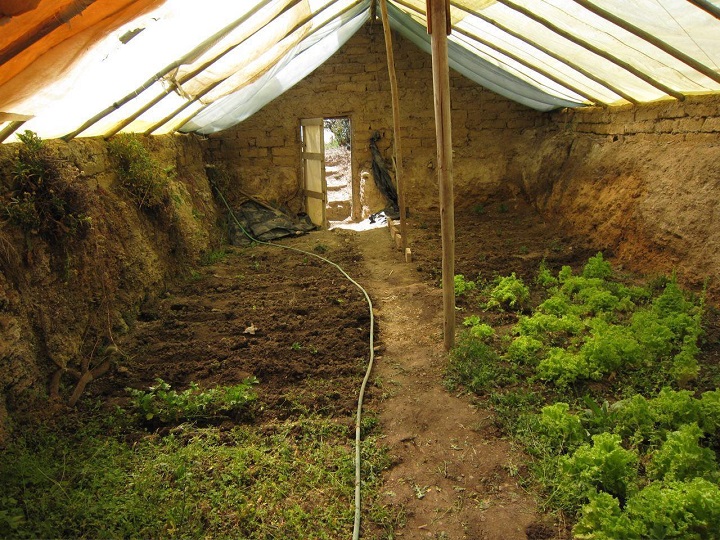
What Is a Walipini?
A walipini is, put simply, a rectangular pit dug into the ground and covered with a double layer of plastic. The angle of the upper rim of the pit and the coordinating layers of plastic or glass are calculated to capture as much winter sunlight as possible. This warms the air in the space and when coupled with the relatively temperate conditions of the earth below the frost line, creates a warm environment for plants to grow. Though I’m sure the true performance varies by region, some areas boast that they can grow vegetables year-round.
The name “walipini” (from a native Bolivian Aymara word for “place of warmth”) seems to imply that the deeply-dug structures are an ancient indigenous design. Many articles online (one of my own included) have made that historical error. The required use of glazing glass or plastic would have made that an impossible endeavor for most of time.
The reality is the walipini is a recent innovation in agriculture. It was first developed in La Paz, Boliva in the 1990s as a philanthropic food-security project developed by the Benson Institute, a part of the Church of Latter-Day Saints. They undoubtedly took inspiration from pre-revolution Russian underground greenhouses and Victorian-era pineapple pits that had been used in parts of Great Britain. Both of these relatively cold regions used huge amounts of decomposing manure, dug the floor beyond the frost line, and covered the roof with glass to create the warm temperature required by the tropical plants grown there.
The original walipini was used in the same manner — it extended the growing season for the mountain villagers of La Paz for several years while it was implemented. Sun came in, cold stayed out, and plants grew.
The impact of this concept extended far beyond a 90s-era volunteer project. Folks have long known that underground houses can capture the relatively stable temperature of the earth to moderate an indoor setting, but the appeal of using that same method for preserving plants was undeniable. What the walipini did was make the construction of an underground greenhouse accessible to the average joe.
Greenhouses are typically pretty expensive. Walipinis can be made with recycled materials (and a lot of sweat).
How Does an Underground Greenhouse Work?
As the folks at the Benson Institute put it:
“The Walipini utilizes nature’s resources to provide a warm, stable, well-lit environment for year-round vegetable production. Locating the growing area 6 feet to 8 feet underground and capturing and storing daytime solar radiation are the most important principles in building a successful walipini.”
And continue:
“The walipini, in simplest terms, is a rectangular hole in the ground 6 feet to 8 feet deep covered by plastic sheeting. The longest area of the rectangle faces the winter sun – to the north in the southern hemisphere and to the south in the northern hemisphere. A thick wall of rammed earth at the back of the building and a much lower wall at the front provide the needed angle for the plastic sheet roof. This roof seals the hole, provides an insulating airspace between the two layers of plastic (a sheet on the top and another on the bottom of the roof/poles), and allows the sun’s rays to penetrate creating a warm, stable environment for plant growth.”
Or if an infographic is more your style …
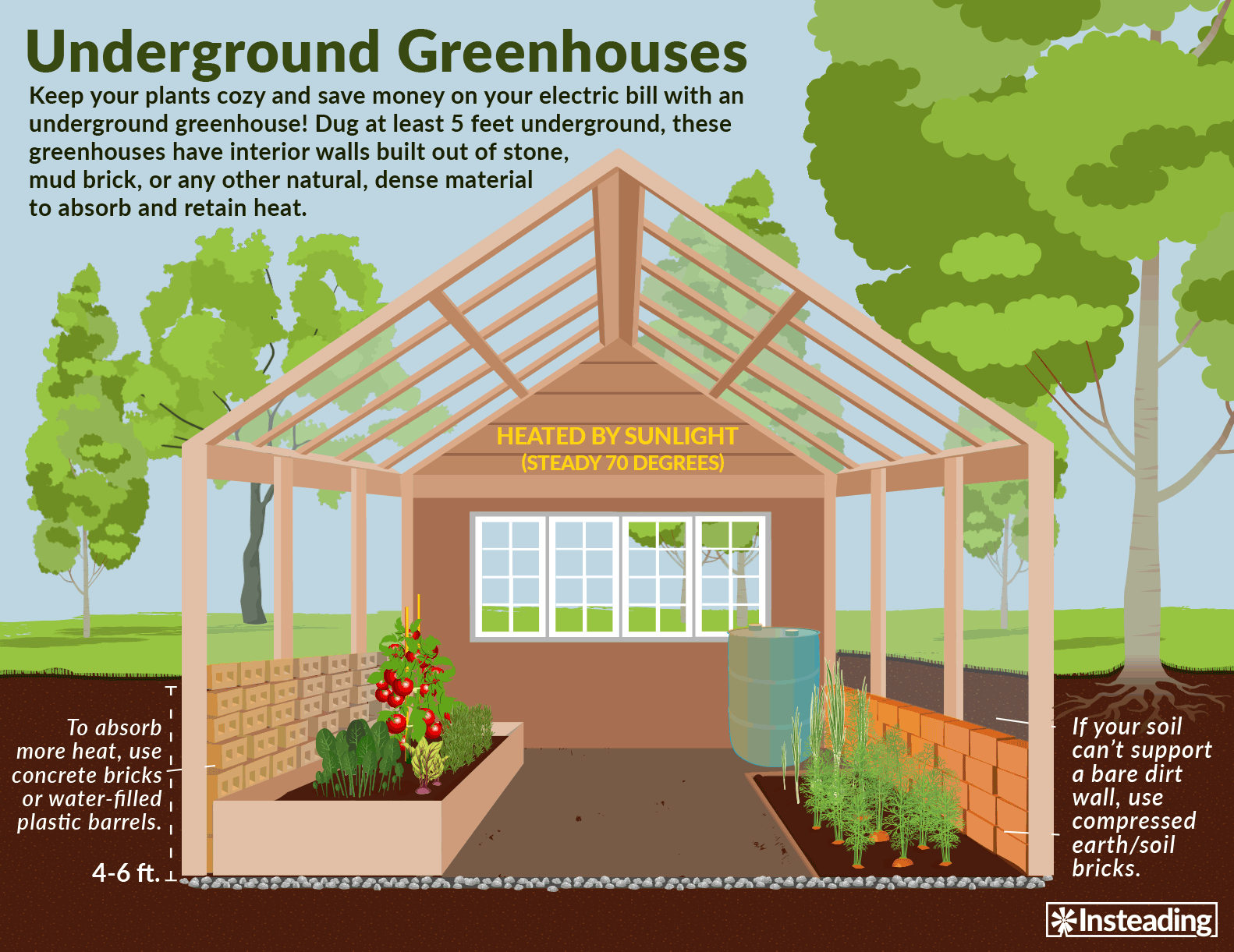
What Are Some Considerations I Need to Keep in Mind?
Angle of the Sun
The original walipini design was specifically suited for Bolivia. This means that the sun-specific specifications were designed for latitudes in that region, and to transpose them unchanged to your location — an error made more often than you may believe — would frustrate your efforts to capture as much sunlight as possible.
In simplified terms, this means any northern hemisphere growers will need to locate their walipini on a south-facing hill, and ensure the southern retaining wall is lower than the northern to allow as much sunlight as possible to enter. I can’t get much more specific than that because you’ll have to do the calculations based on your land’s specific latitude.
There are two online resources available to help you with that personalized calculation, hosted here at NOAA and at SunCalc.
Location Location Location
Anytime you dig into the soil, you interact with the subterranean world of underground water in some way. If you choose the wrong location for your walipini and don’t pay attention to where water flows, you’ll end up creating a covered mud pit rather than a greenhouse.
Sadly, if you happen to live on a floodplain or in a low valley, a walipini may not be a logical option for your land. Water seepage may make things impossible. Remember, they were originally developed to extend the growing season for villages in colder regions and high altitudes.
Ventilation
As with all greenhouses, you can have too much of a good thing when it comes to heat. You’ll need to design the structure to have a venting system you can open to release excess heat during sunny times, or to close during overcast times, and maintain a balmy world in your tiny underground domain. It’s the same principle as with cold frames … just a lot bigger.
Rain Redirection

Bermed earth and drainage ditches will be very important around the perimeter of the greenhouse’s opening to limit runoff from flooding the floor of the structure.
Irrigation

After all this work to keep excess moisture from flooding the structure, it’s important to still have a watering system in place to care for your plants in their posh living conditions. It makes a lot of logical sense to direct the runoff from the roof into some sort of rain catchment system, and then use that water to care for the plants within the structure.
Materials

You’re not constrained to the materials listed in any of the plans listed below. The real spirit of the walipini or earth-bermed greenhouse is financial and material accessibility, not Instagram prettiness. If you can scavenge some scrap windows for the glazing and use rammed-earth tires to make the walls, all the better.
Where Can I Find Plans for an Underground Greenhouse?
Here’s an excellent write up on how to design and build your own walipini, as written by the Benson Institute that came up with it in the first place. You can find no better information than straight from the proverbial horse’s mouth.
The angle of the winter sun in Boliva is much less extreme than it is for us in North America, which makes it a bit more challenging for northern growers to get a sufficient amount of light to the bottom of their greenhouses. To help take out some of the guesswork when it comes to making your own northern hemisphere walipini, Mother Earth News has published this article to help.
Mother Earth News offers a second article on how to build a year-round underground greenhouse, obviously using the same concept.
There’s also a popular article from Treehugger.com that says you can build an underground greenhouse for around $300, and you can read it here. I would add in my own word of reality, and guess that the relatively low price tag is only feasible if you use a lot of recycled materials (highly recommended) and do all the manual work yourself.
Rob’s Modified Walipini may give you the details that work on your land.
All of these designs and directions are merely theory, however, if you only read about them. The most exciting (and difficult) part of an earth-sheltered greenhouse is the actual doing of it. So that said, I hope this article gives you ample material to set off on your own DIY-venture. If you happen to be the proud owner of a sunken greenhouse, please let us know in the comments below.
Inspiring Photos for Your Subterranean Endeavors







Inspiring and Step-by-Step Videos
Resources
- The Benson Institute’s Walipini Designs
- Websites to calculate the sun’s angle at your latitude: NOAA and SunCalc
- The partially-submerged YMCA Solar Greenhouse in Blacksburg, Virginia.
- Tips for Walipini Construction From Mother Earth News.
- Photos of underground greenhouse construction in Kyrgyzstan.
- How Joseph Orr built a mud heat-storage solar greenhouse that also heats an adjacent room.
- A step-by-step look at building a cinder block underground greenhouse.
- Photos of a bermed, solar-heated greenhouse in southern Idaho.
- What life is like at the Solviva greenhouse, where it’s 4 degrees Fahrenheit outside but inside the greenhouse, you can be plucking fresh tomatoes in 75-degree heat.
Book Resources on How to Build an Underground Greenhouse
- The Earth Sheltered Solar Greenhouse Book by Mike Oehler
- Solviva: How to Grow $500,000 On One Acre by Anna Edey
- The Winter Harvest Handbook: Year-Round Vegetable Production Using Deep-Organic Techniques and Unheated Greenhouses by Eliot Coleman
- Solar Greenhouses Underground by Daniel Geery
- The Solar Greenhouse Book by James McCullaugh
- Gardener’s Solar Greenhouse: How to Build and Use a Solar Greenhouse for Year-Round Gardening by Ray Wolf
This article is updated from an original version by author Kieren Fox.

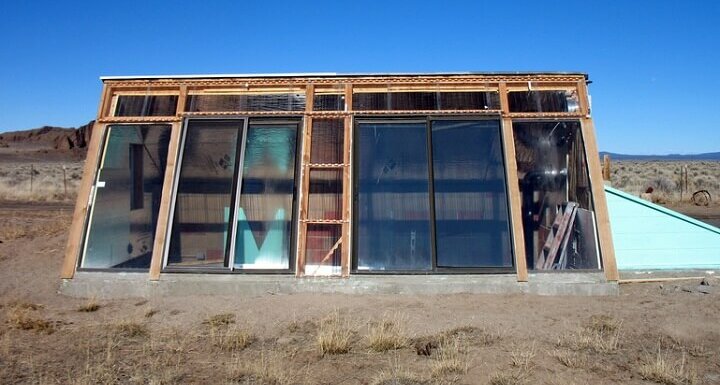

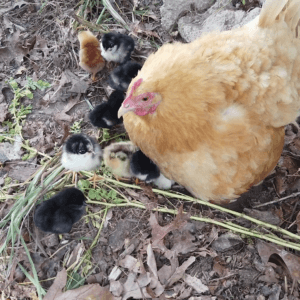





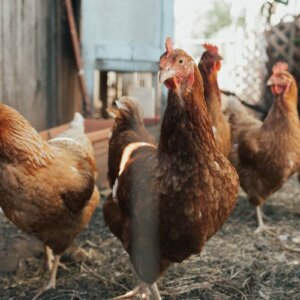
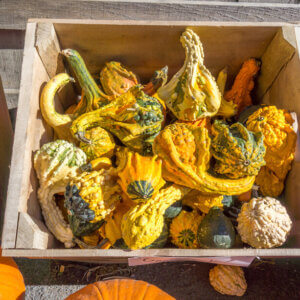

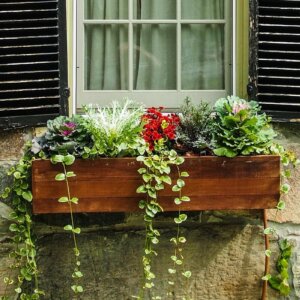




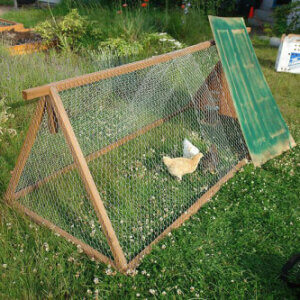
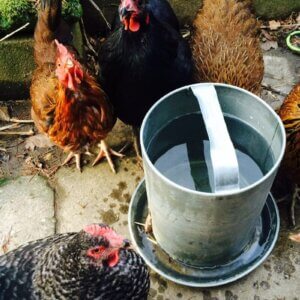
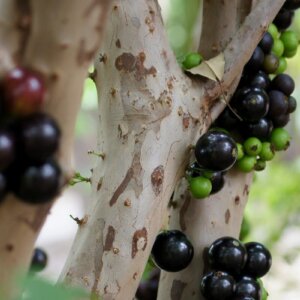





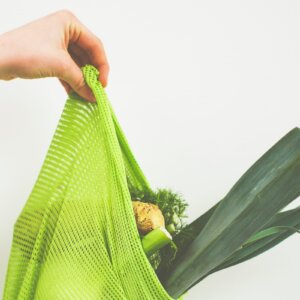
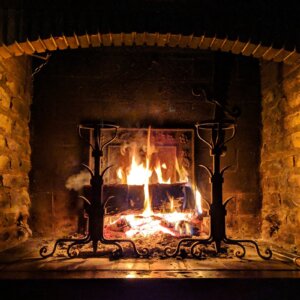


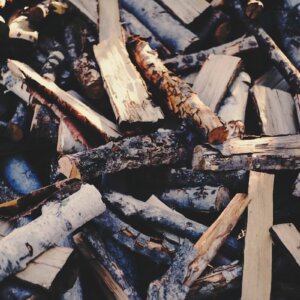
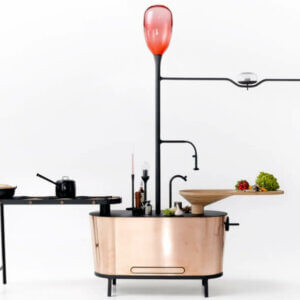
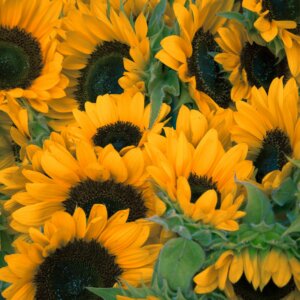


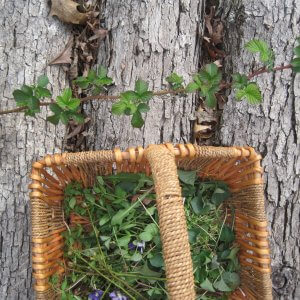

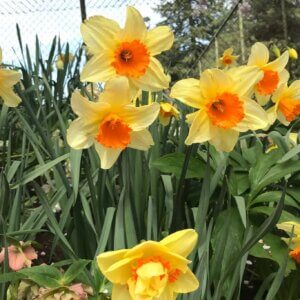


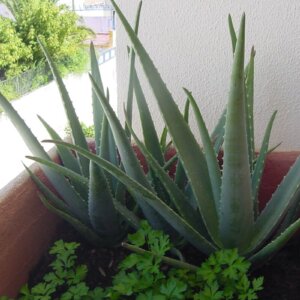


Thank-you for sharing our project, it helps get the word out. Great site, love all the pictures.
thehomesteadingboards.com
Wow this is amazing! Thank you so much for sharing, I never even imagined all the ways you could build a greenhouse!
http://www.thedesertecho.com/blog
thank you for sharing all this great information!!
Love your site! Hope to have something to share in a year or two. mike
Very informative site. I hope there could be solutions for hot climates.
Thank you for sharing this information.
The team here at Eden Ranch will begin building one of these as a project for demonstration and growing organic foods at our farm in the Caribbean.
Internships available year round, if anyone would like to participate.
Inquire at edenranch@gmail.com or visit our website at: http://www.edenranch.org
Happy growing and we look forward to post our progress!
I use greenhouse-quality 50% shade cloth over a hoop house to garden in the summer in the high desert. In the winter, I change the shade cloth out with greenhouse plastic.
We are building a community garden program as a part of Wayne County (GA) Parks and Recreation Department. please post us with your gardening information. This is a hands on learning project. We are working with the local Boys and Girls Club and several community groups. We are also building a data base and library of basic gardening knowledge. The purpose of the Wayne County Community Garden Program is to teach our students how to go out and teach groups how to build community gardens. We prefer not to use poisons and chemicals and will not use any Monsanto products.
Just linked to this in my article about sun pit greenhouses on my garden website – Through Nana’s Garden Gate – great photos!
Hi there I love your site – the 5th picture from the bottom shows a pit greenhouse built into a stone wall. I contacted Solar Innovations and they tell me that this is not one of their projects and that your reference is incorrect. Can you please give me the correct reference to the designer/builder/owner. I would love to duplicate the project but need the contact info. Thanks…..
Hi all, great site and informations, keep on the good work. However i can’t find solutions for hot weather conditions, we are in Portugal at Alentejo, the temperatures during the summer reach 38/40Celsius
We intend to grow mushrooms that suport temperatures untill 30celsius 🙁
can any one tell me if a pit green house hepls me on these ??????
Thoroughly impressed to see the work being done in these environments. Anyone using the concept in northern New England? And stories to be shared?
Hi,
I live in NZ, I have got very interested in building an economical Walipini on our land, we do have the space with 3 acres.. I have tried the Benson Institute but every time I am taken there I cannot find any information or the plans they talk about having.. I am also struggling to find any sort of detailed PLANS for building a Walipini using the clay rammed as the walls. Is or do you have any such plans? Any help would be very much appreciated 🙂 Best regards, Maggie
I built a semi-pit tunnel greenhouse here in Kansas that I use to grow food year-round. If anybody’s interested, just google my GreenFin Gardens website and click on the ‘Semi-Pit Tunnel Greenhouse’ link on the left side of the page.
Thanks for the beautiful array of pictures of underground and pit greenhouses which do inspire!
NICE ARTICLE.
THANKS!
What I feel is a bit wasted, the walls of they greenhouses which are buried .. walls should be fairly oblique and built in stair – ledges, and then it can be grown on the walls too.
This concept was being shared with folks by Scott Nearing in his books still available. In the early 70’s he wrote Living the Good Life. It is probably the original pictorial of building a solar greenhouse. There is also the Nearing Frame in his honor by his son for growing on cuttings. Isn’t the search window wonderful?! We even had pictures way back then…
Scott Nearing did not originate this idea. I inherited a book from my mother, published 1941, called Winter Flowers in the Sun Heated Pit, by Kathryn S. Taylor and Edith W. Gregg. It included several designs for earth sheltered greenhouses.
I found an online site that might help you with the build.
This site won’t let me do a url, the the site is undergroundhousing
hope this helps.
Hello,
What would be the best design for up here in Wasilla Alaska where we only get 5 hours at the most of daylight during the winter. And 20+ hours during the summer? My land is almost flat as can be. How deep with you have permafrost? Any aid would be helpful.
Rich
Great, thank you, good ideas for the taking.
We will try to intigrate one in our food forest …
Anne & Herb in the High Alps, France.
Hey there.
I’m in the process of designing my walipini, and I have a question about sunlight…
In a sunken greenhouse (#9 for example) you will not get any sunlight on the southern wall (particularly in the winter). How much of a concern is this? Does the light diffuse from the panels to cover all that area well enough? Is it better to plant things there that require some shade?
This obviously becomes a bigger problem the deeper you dig your pit down (and of course the higher your latitude). I’m thinking of only going 3 feet because of this (but would also need a sink then, likely under the walkway)
thanks for putting up together so many designs! I guess the time for these greenhouses has almost come. With the economic crisises which are going to start occuring more and more often these might save many countries from countless revolutions over lack of food or jobs.
My question with these hs always been, “what about rain? Won’t you have a small pool at the door or a giant mudpit?” The answer is probably obvious and I just haven’t seen it yet.